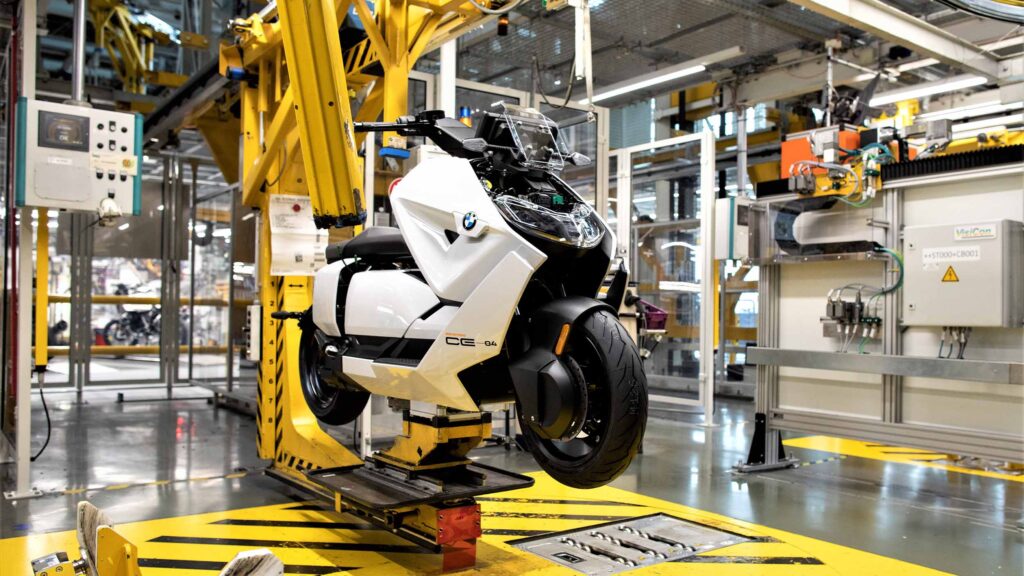ACEM believes that industrial development and R&D go hand in hand to transform the EU into a fair and prosperous society with a modern, resource-efficient and competitive economy as set by the European Green Deal and the Digital Single Market.

To achieve these objectives, a strong partnership between the industry and EU institutions, member states and national authorities is necessary to offer market operators all the enabling conditions for them to deliver on this transformation and to promote industrial competitiveness. In this context, a switch to a more sustainable and smart mobility that would include powered two-wheelers and other L-category vehicles can only be achievable with a more favorable framework.
jobs in Europe
factories and R&D centers
R&D is part of the motorcycle industry’s DNA. To satisfy market needs, our brands are committed to leading change through several actions, such as the development of products able to achieve ambitious safety policy goals, the continuous investment in new low-emission and zero-emission vehicles and the promotion of digitalisation. The final objective is to better position greener and digital vehicles “made in Europe” in a more challenging international trade framework.

The use of motorsports as a laboratory for testing cutting-edge technologies towards future market introduction proves a successful story to improve the performance of the vehicle and driving conditions for the user. Despite industry’s efforts for safer and cleaner vehicles, further dialogue between parties is necessary to overcome new technical and financial challenges such as cybersecurity, inflation or shortages in the supply chain.
Practical examples of the work carried by the powered two-wheelers sector include the involvement in the Connected Motorcycle Consortium to promote and develop Cooperative Intelligent Transport Systems (C-ITS) on a global scale, and the Swappable Batteries Motorcycle Consortium to develop the open standard swappable battery system for L-Category vehicles to meet customers’ needs as well as promote the use of zero-emission PTWs.
Copyright © 2024 ACEM